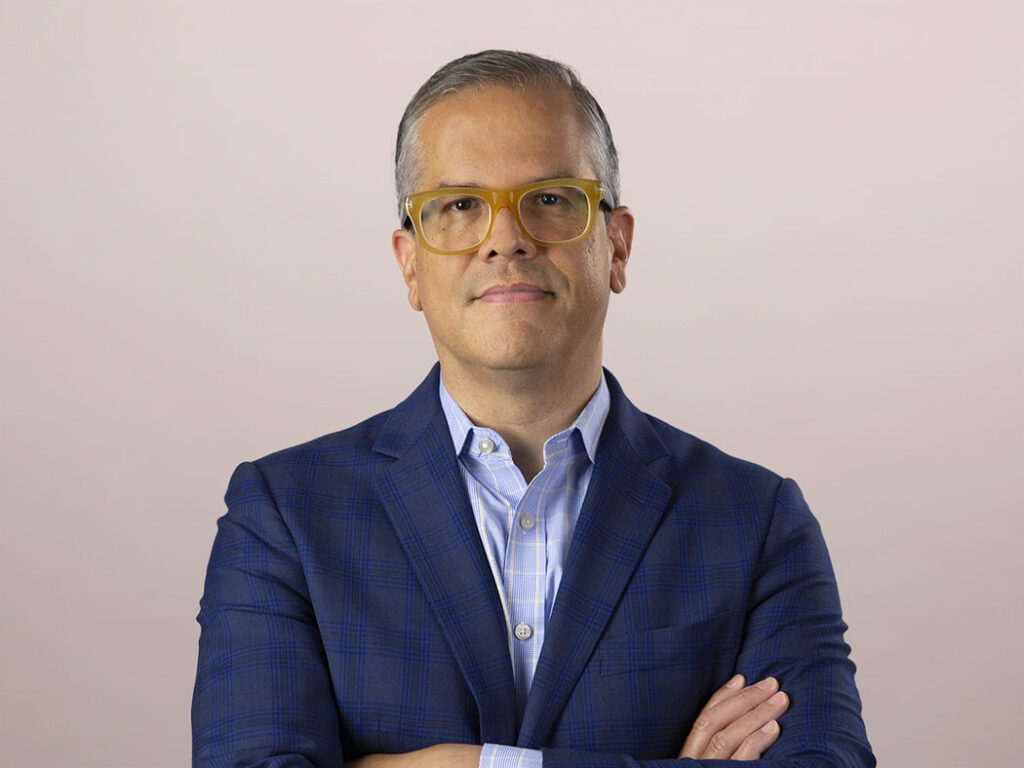Google’s Smart Contact Lenses Extend The Long Tail Of Wearables
On January 16, 2014, Google announced its smart contact lens project. But it’s not what you might have immediately thought (or hoped) – i.e., some sort of Google Glass display transferred to contact lens format. (Though that technology might someday exist). Instead, Google’s smart contact lens project is working toward productizing a healthcare wearable device that monitors blood glucose levels.

I’ve written a more extensive report that you can read and download here. But let me offer you a sneak peak at the analysis:
- Smart contact lenses aim at diabetics, but will have other uses. Although Google didn’t mention these uses, blood glucose data is also valuable to other groups of patients – from overweight people aiming to lose weight to migraine sufferers.
- In the U.S., the Affordable Care Act (aka “Obamacare”) will drive demand for health monitoring devices. Under the ACA, institutions are incentivized to look after health outcomes. Consequently, wearables (including fitness devices, heart pattern monitors, and Google’s smart contact lenses when they become available) and other health monitoring devices (used at home, like at-home blood pressure monitors) will enjoy burgeoning demand.
- Google’s announcement reminds us that wearables are long-tail and niche. Unlike previous waves of device adoption – PCs, smartphones, tablets – the “wearables” market isn’t constituted by one type of device. Instead, it’s a movement that employs miniaturized sensors, leverages the cloud and predictive analytics, and tracks bodily movements or states. Whether that wearable is a fitness tracking pedometer, a smart jacket that provides navigation via haptic feedback, a smartwatch with location awareness, or, indeed, a smart contact lens doesn’t matter. They’re all part of the wearables movement. And each type of wearable has its own uses, systems, and business model. It’s heterogeneous as a market – and many wearable articulations will fail as products. Those that succeed, however, can be transformative.
There’s much more to say on this very intriguing announcement and on the related wearables ecosystem. I invite you to read and download the entire report to see more of my analysis here.
J. P. Gownder is a vice president and principal analyst at Forrester Research serving Infrastructure & Operations Professionals. Follow him on Twitter at @jgownder.
